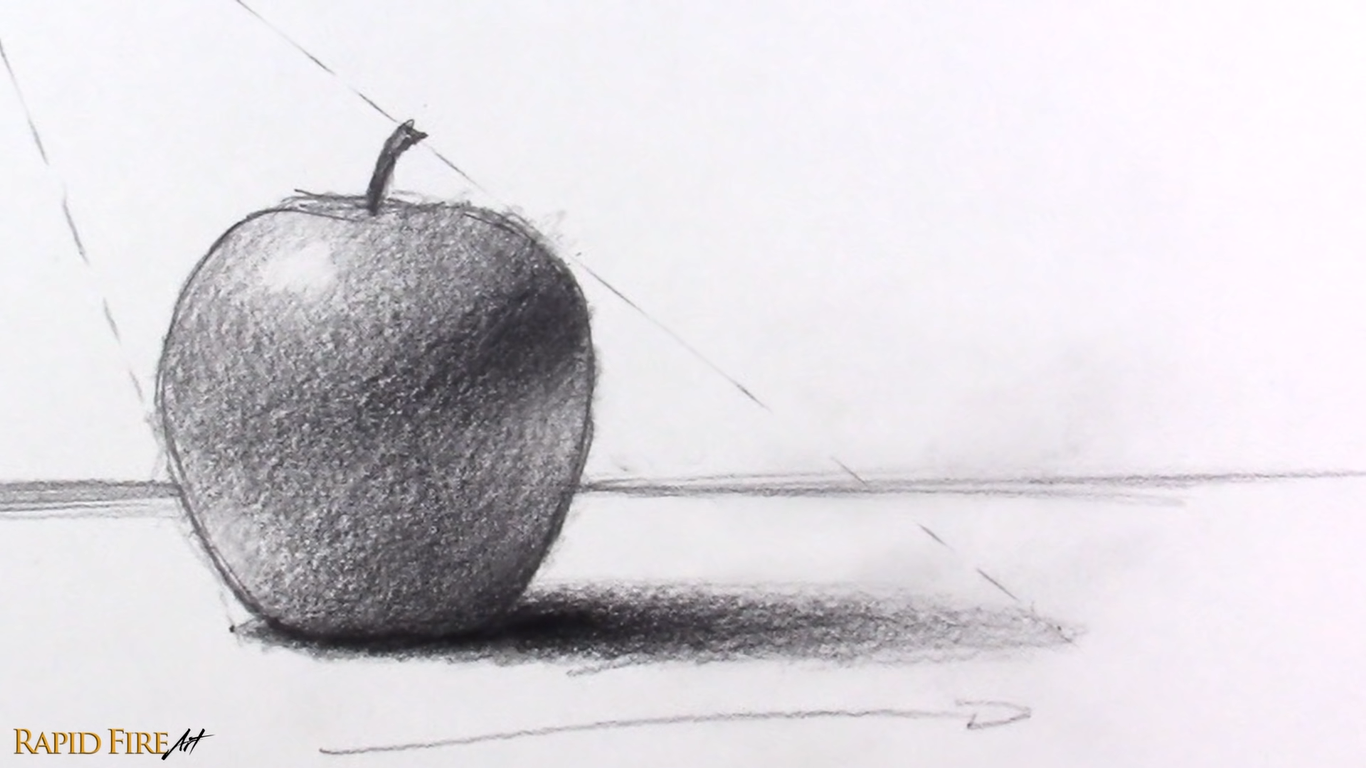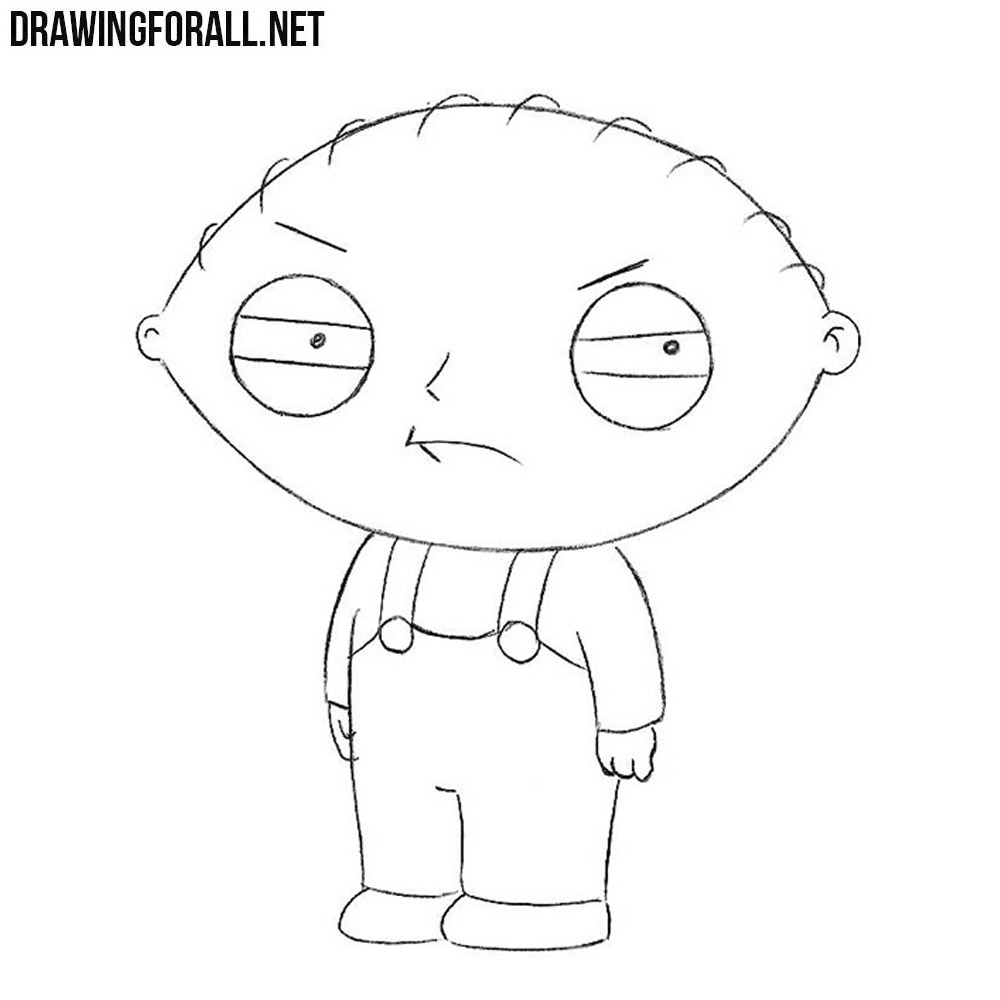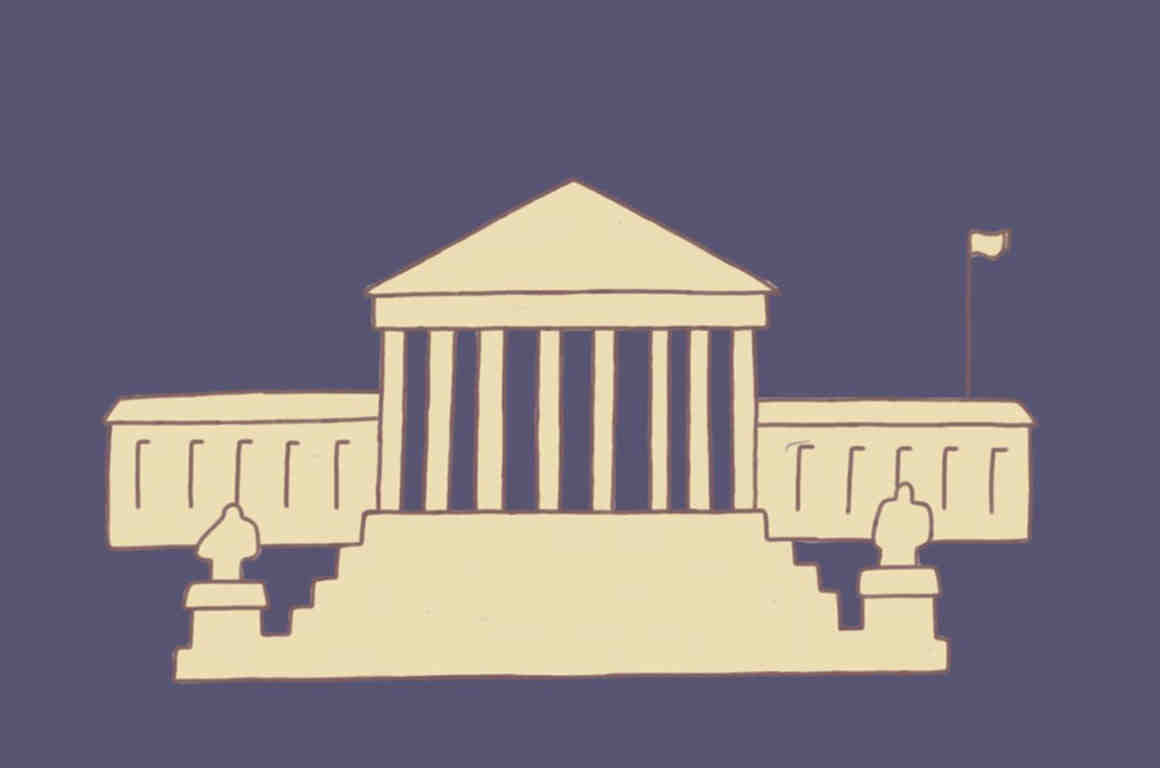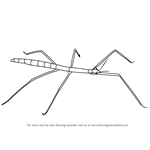Shaded wikihow pencil graphite realistically
Table of Contents
Table of Contents
Do you want to take your art to the next level? Do you struggle with adding depth and dimension to your drawings? Learning how to draw with shading can help you achieve these goals and more. By mastering the art of shading, you can turn flat, lifeless drawings into captivating masterpieces.
Many artists struggle with shading, which can make their drawings look two-dimensional and uninteresting. They may not know where to start, what tools to use, or how to create realistic shadows and highlights. These struggles can leave artists feeling discouraged and unsure of how to improve their skills.
The key to drawing with shading is to understand how light interacts with objects in the real world. By observing how light falls on different surfaces and practicing shading techniques, you can begin to create drawings that look more realistic and three-dimensional.
To get started with shading, it’s important to have the right tools, including a range of pencils in different grades, an eraser, and a blending tool. You’ll also want to practice different shading techniques, such as hatching, cross-hatching, and blending, to create different effects.
My Personal Experience with Shading
When I first started drawing, I struggled with shading. My drawings looked flat and cartoonish, and I couldn’t figure out how to add depth and dimension. But by studying the work of other artists and practicing different shading techniques, I was able to improve my skills and create more realistic drawings.
One tip that helped me was to observe how light falls on objects in real life. I would study the way shadows and highlights interacted, and try to replicate those effects in my drawings. I also experimented with different tools and techniques until I found what worked best for me.
Mastering Shading for Realistic Drawings
To truly master shading, it’s important to understand how light interacts with different surfaces. Objects that are smooth and reflective will have sharper highlights and darker shadows, while objects that are rough or textured will have softer highlights and lighter shadows. By studying these interactions and practicing different techniques, you can create drawings that look more realistic and lifelike.
Understanding Different Shading Techniques
There are many different shading techniques that artists can use to create different effects. Hatching involves making small, parallel lines in the same direction, while cross-hatching involves making intersecting lines. Stippling involves making small dots or dashes to create texture, while blending involves smudging the pencil marks with a blending tool. By combining these techniques and experimenting with different pressures and pencil grades, artists can create a wide range of effects.
Creating Realistic Shadows and Highlights
To create realistic shadows and highlights, it’s important to pay attention to the direction and intensity of the light source. Objects that are closer to the light source will have brighter highlights and darker shadows, while objects that are farther away will have softer highlights and lighter shadows. By observing these effects and using the right shading techniques, artists can create drawings that look more realistic and three-dimensional.
Question and Answer
Q: What is the best tool for blending pencil marks?
A: There are many different tools you can use for blending pencil marks, including blending stumps, tortillions, and even your fingers. Experiment with different tools and find what works best for you.
Q: How do you create smooth transitions between different shades?
A: One way to create smooth transitions is to use a blending tool to smudge the pencil marks. You can also experiment with different shading techniques, such as cross-hatching or stippling, to create a gradual transition between different shades.
Q: Can shading be used in digital art?
A: Yes! Many digital art programs have tools that allow you to create realistic shading effects. You can also use a digital graphics tablet and stylus to draw and shade in a way that’s similar to traditional methods.
Q: How can you tell if your shading is realistic?
A: One way to tell if your shading is realistic is to compare your drawing to real-life objects or photographs. Study the way light falls on the objects and look for similarities in your drawing. You can also ask for feedback from other artists or consider taking a drawing class to improve your skills.
Conclusion
Learning how to draw with shading can take your art to the next level. By paying attention to how light interacts with different surfaces and practicing different shading techniques, you can create drawings that look more realistic and lifelike. With the right tools and techniques, anyone can master the art of shading and create captivating masterpieces.
Gallery
Pin By Haya Alotaibi On Art | Pencil Shading Techniques, Pencil Art

Photo Credit by: bing.com / shading bleistift
2nd ESO Arts And Crafts: ACTIVITY: “CHIAROSCURO DRAWING”

Photo Credit by: bing.com / eye shading beginner chiaroscuro
How To Draw With Realistic Shading: 9 Steps (with Pictures)

Photo Credit by: bing.com / shaded wikihow pencil graphite realistically
Learn How To Sketch & Draw: 60 Free Basic Drawing For Beginners

Photo Credit by: bing.com / rapidfireart graphite diys
How To Shade Basic Forms - Pencil Tutorial | How To Shade, Pencil

Photo Credit by: bing.com / shading





